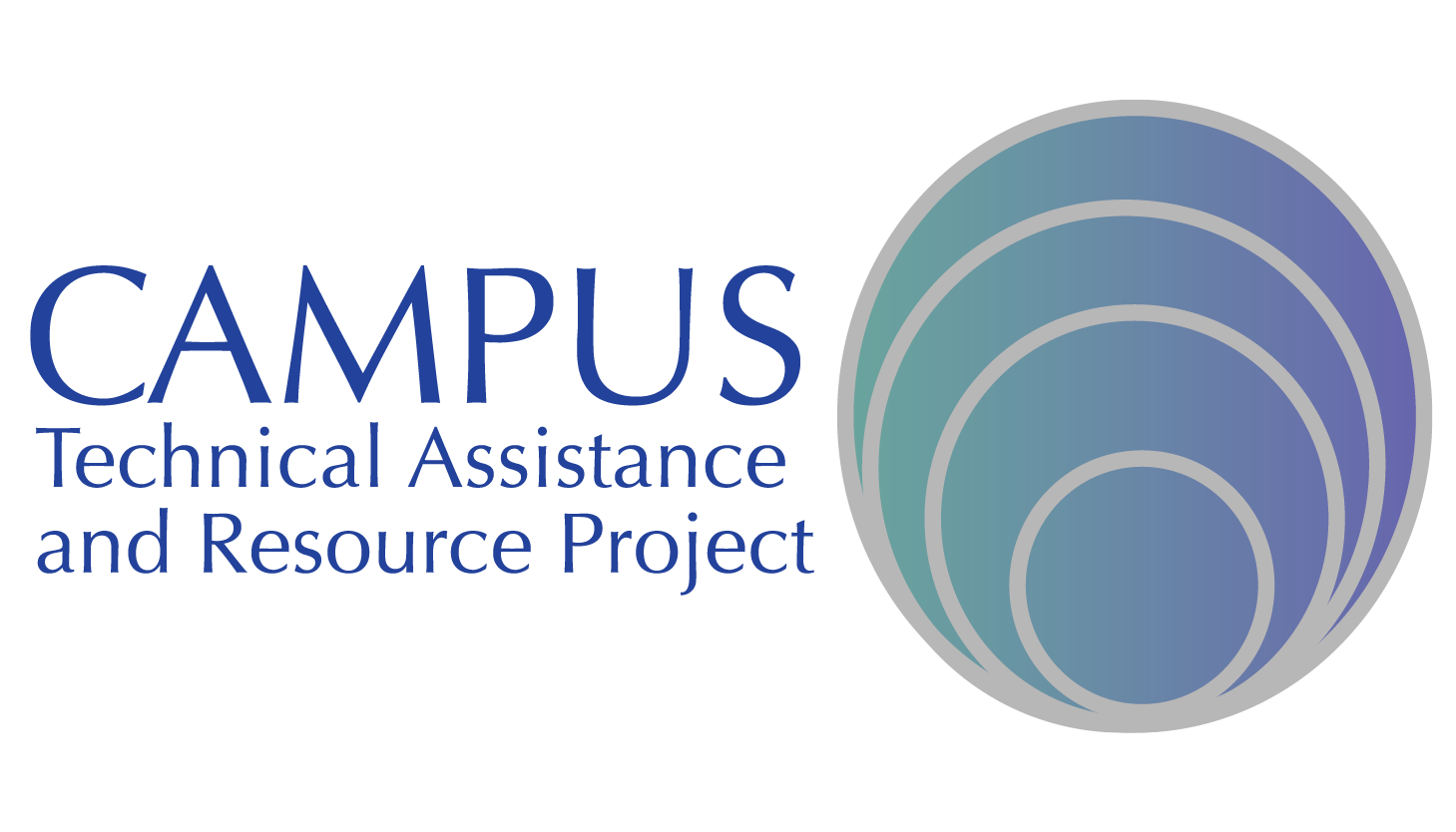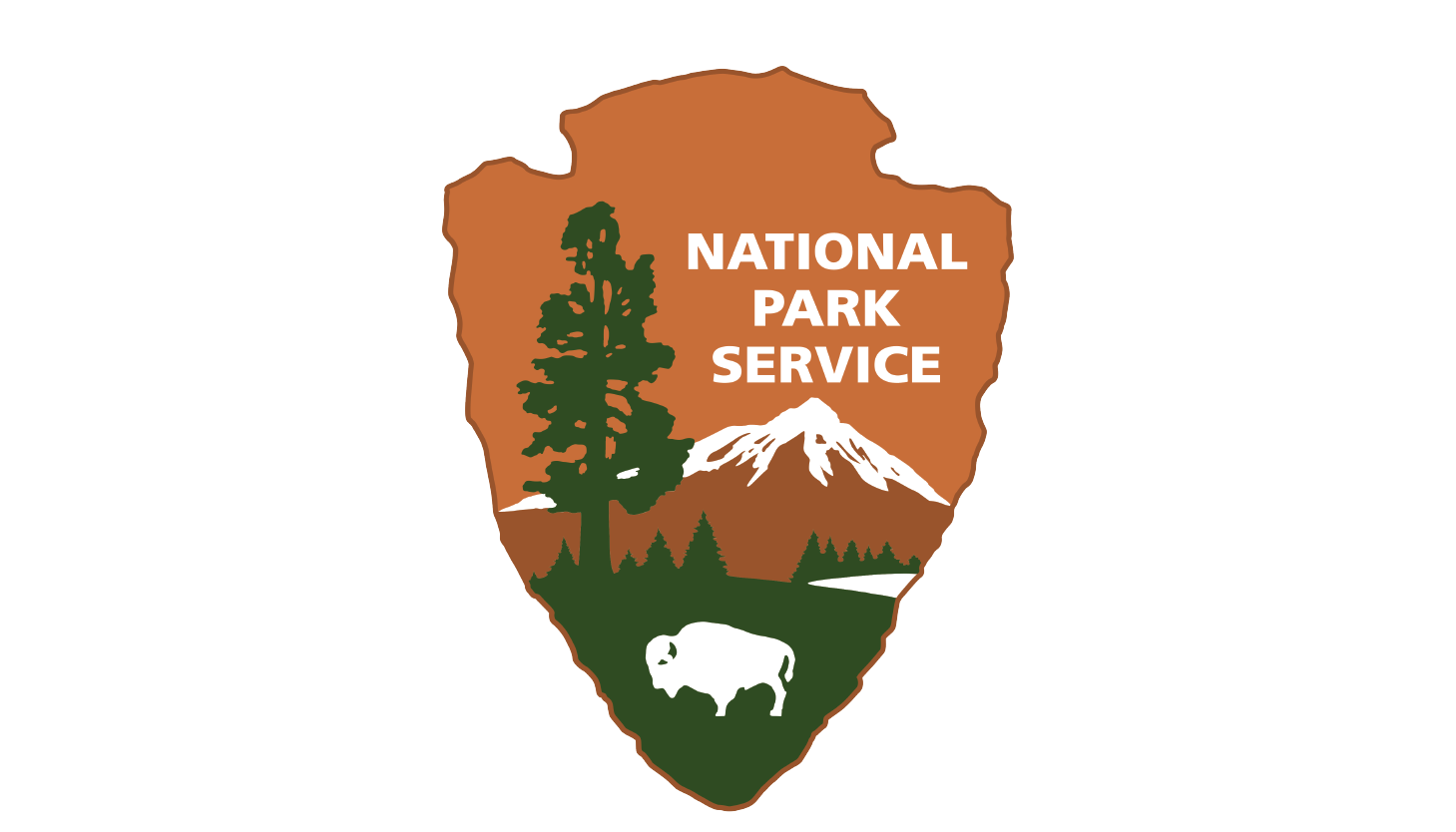Progress
Pivotal momentum
Progress is measured by our individual choices to intervene. Progress is measured by laws revised and norms shifted. Progress is measured by rigorous research that assesses impact, acts of violence that are never committed, countless voices that advocate for change, and thousands of individuals empowered to engage in transformational daily actions. Progress is measured by lives lived to their fullest potential—and by hope.
High School Program Reduces Interpersonal Violence
“Implementation of Green Dot in Kentucky high schools significantly decreased not only sexual violence perpetration but also other forms of interpersonal violence perpetration and victimization,” concludes an independent study led by Dr. Ann L. Coker in the American Journal of Preventive Medicine. The CDC-funded study evaluated Green Dot bystander intervention in 26 high schools over 5 years and confirms that Green Dot for High Schools reduces rates of sexual abuse, dating violence, stalking, and other interpersonal violence by statistically significant percentage.
School trainings
Instructors
trained in 2023
Govt & Business employees
trained in 2023
This report describes the policies and programs implemented and reported through an institutional survey undertaken by Association of American Universities (AAU) member universities to prevent and respond to campus sexual assault and misconduct. The report’s findings are divided into six sections, representing the range of actions to address sexual assault and misconduct.
Read more ↗This study reports on the impact of the Green Dot bystander strategy on the University of Kentucky campus and indicates that Green Dot significantly increased both observed and actual active bystander behaviors in the general population of UK students.
Read more ↗This study, conducted in 2019, explores the effectiveness of the Green Dot program over the course of five years through high schools in Kentucky.
Read more ↗
Media Mentions
We’ve all been there.
At a dinner party. In line at the post office. On a Zoom meeting. You can feel it coming: that awful joke your friend likes to tell about immigrants. Questions like “Don’t all lives matter?” or “Did he resist arrest?” The discomfort becomes palpable. Your gut twists. God, I hope someone says something, you think with increasing desperation. And so does everyone else.
Read more ↗In recent months, the #MeToo movement has raised the visibility of sexual harassment and assault at work and the personal toll it takes on women’s lives to unprecedented levels.
Read more ↗Students have recently started training to understand how the Green Dot bystander intervention program can change the culture on IU Southeast’s campus.
Read more ↗Chambord Black Raspberry Liqueur is proud to announce its partnership with Alteristic, a national organization of social accelerators dedicated to reducing power-based personal violence, to provide a series of Bystander Intervention Training workshops for the bartending community.
Read more ↗“Engaging bystanders is the most promising way to mobilize a community around this issue and help people build skills they need to contribute to a solution,” says Lea Hegge, vice president of program development at Alteristic, the nonprofit that licenses the Green Dot bystander program. Green Dot has been implemented at more than 100 U.S. colleges.
Some 30 North Dakota volunteers are in Grand Forks in hopes of reducing violence in the community.
At first glance, it looks like just a relay race – but these women are learning to think fast on their feet if they see a dangerous situation.
Read more ↗Twenty-four Kalamazoo College students and five K employee Green Dot-certified trainers launched the College’s first bystander training session on April 29. It’s one of several early steps toward the goal of a “greening” that will be year-round, forever.
Read more ↗Maysville’s embrace of the Green Dot program is bringing it national recognition.
Women’s Crisis Center’s Christy Burch and Melissa Greenwell have been invited by the U.S. Department of Health and Human Services to speak about our ‘Making Maysville a Green Dot City’ Initiative during a national webinar.
Read more ↗In 2010, the same year he became principal of J. M. Atherton High School in Louisville, Kentucky, Thomas Aberli agreed to let his students take part in something called Green Dot.
Read more ↗“You are either part of the solution, or you’re not. I saw that Green Dot banner and I thought, ‘I have the option here to either be part of the solution today, or not be part of the solution today.’” After that realization, he got down on one knee, ignored his surroundings, and focused his eyes on the woman singing the anthem.
Read more ↗As reports of sexual assaults at colleges nationwide grow, Kalamazoo College is taking steps to prevent sex-based crimes and other violence on campus. Students and faculty gathered in the Hicks Student Center last week to learn about Green Dot — a national organization aimed at teaching bystander intervention to prevent power-based personal violence.
Read more ↗In 2016, the Air Force was introduced to Green Dot, an interactive training program designed to help Airmen intervene in and prevent situations of sexual and domestic violence, abuse and stalking.
Read more ↗Sexual violence and other forms of interpersonal violence perpetration were drastically reduced among Kentucky high schools following the implementation of a modified ‘bystander program’ initially developed for college students, according to a recent study.
Read more ↗This spring, the Campus Safety Project will begin implementing Green Dot Bystander Intervention Training to students. The Green Dot Strategy, developed by self-described “social accelerator” Alteristic Inc. in 2006, is based on the principle of “mobilizing communities by harnessing the power of individuals” in order to create “a safe and equitable society.”
Read more ↗The number of University of Wyoming students who reported experiencing at least one instance of sexual assault at the school has fallen, a recent survey by the school shows.
Read more ↗Before I was the Title IX Guy, I was a law clerk at the Jefferson County Attorney’s office. One sunny day last January, it was my turn to retrieve the office mail, and as I was leaving the Hall of Justice, I heard the nearby screams of a young woman.
Read more ↗Recent findings on the effects of Living the Green Dot, a bystander intervention program that the CDC described as “promising,” suggest that it could be effective. The program was tested in 26 high schools in Kentucky. All students heard a speech about bystander intervention, and student leaders received additional intensive training. At the schools receiving the training, reports of violence declined significantly; at the schools that did not, violence increased slightly.
Read more ↗Imagine this: You work at a bank as a teller and overhear a regular customer making inappropriate advances toward a co-worker. One day, she tells you the customer made a pass at her when she accompanied him to his safe deposit box.
As a bystander, would you feel a responsibility to intervene?
Read more ↗When it comes to preventing sexual assault and violence — whether it’s on campus or in the community — every person plays a key role.
That message was emphasized in a recent four-day, intensive training program known as the Green Dot Institute.
Read more ↗The North Dakota Department of Health’s (NDDoH) Rape Prevention and Education Program announces the expansion of Green Dot, a sexual violence primary prevention strategy to Bismarck-Mandan, the fourth community in North Dakota.
Read more ↗In 2016, University of Central Florida was the state’s leader for training in the bystander intervention program, Green Dot, that teaches faculty, staff and students how small actions can have big results. The program has already shown a major impact since it was introduced in September with more than 4,500 students and faculty and staff members exposed to Green Dot.
Read more ↗
Partners
We pursue organizational and individual partnerships with the spirit of humility and collaboration needed to change culture and create safe, equitable communities.





















